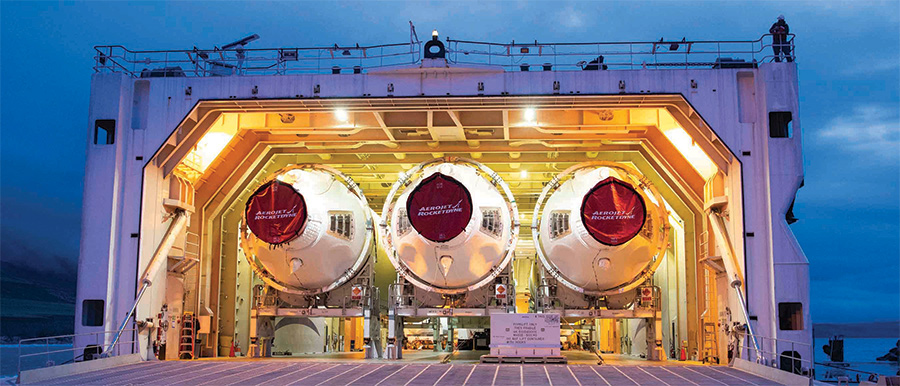
 CEO Scott Kirby said that United Airlines’ revenue is expected to fall by 85 percent in the third quarter. The airline initiated layoffs effective Oct. 1. “Business travel is almost nonexistent,” he said. “Leisure travel is down significantly. As for international travel, United’s revenue was down 96 percent year over year for the second quarter and continues to take a hit as coronavirus restrictions keep borders closed,” he said during a September interview on “Face The Nation.”
CEO Scott Kirby said that United Airlines’ revenue is expected to fall by 85 percent in the third quarter. The airline initiated layoffs effective Oct. 1. “Business travel is almost nonexistent,” he said. “Leisure travel is down significantly. As for international travel, United’s revenue was down 96 percent year over year for the second quarter and continues to take a hit as coronavirus restrictions keep borders closed,” he said during a September interview on “Face The Nation.”
Second-quarter results for Airbus and Boeing tell a similar story. Airbus reported a 55 percent decline in revenue during second quarter compared to the same 2019 period. The company attributed the loss to fewer deliveries. Following cancellations, the OEM’s gross orders in August 2020 totaled 370 aircraft with net orders of 3,030. Airbus delivered a total of 39 aircraft. Its backlogged deliveries stood at 7,501, comprising a range of Airbus commercial models.
As commercial aviation companies continue to take a nosedive in production, personnel layoffs and reduced maintenance demands, Deloitte’s 2020 Global Aerospace and Defense Industry Outlook report says military expenditures are on the rise.
In December 2019, the Trump administration established the Space Force as a separate military branch. Part of the 2020 National Defense Authorization Act, Space Force will be developed over the next 18 months. Gen. John Raymond, the branch’s first chief of space operations, said Space Force will be a technology focused service.
Increasing global security concerns are expected to boost global defense spending over the next five years. Deloitte anticipates growth through 2023 to reach US $2.1 trillion. The U.S. administration’s effort to strengthen the military will be a key growth driver for defense spending in 2020, but China, Russia and India are also expected to boost spending on defense equipment. Higher spending is good news for defense contractors and supply chains. The Deloitte report states that “agile production and digital technologies can help companies adapt to changing demand while adopting smart factory practices can capture 10 to 12 percent gains in factory use and labor productivity without substantial capital investment.”
Moving forward, technology and innovation will continue to shape the aerospace and defense industry. Rolls-Royce and Safran are leading an effort to develop electric propulsion systems to reduce carbon emissions and lower costs. These systems could also be geared to support urban air mobility (UAM) infrastructure for passenger drones. The demand, and resultant build rate, for UAM vehicles are expected to ramp up over the next decade. The commercial aerospace sector is expected to transition to fully automated flight decks. The development of automated controls and flight decks will help airlines reduce costs and tackle the challenge of escalating pilot shortages.





